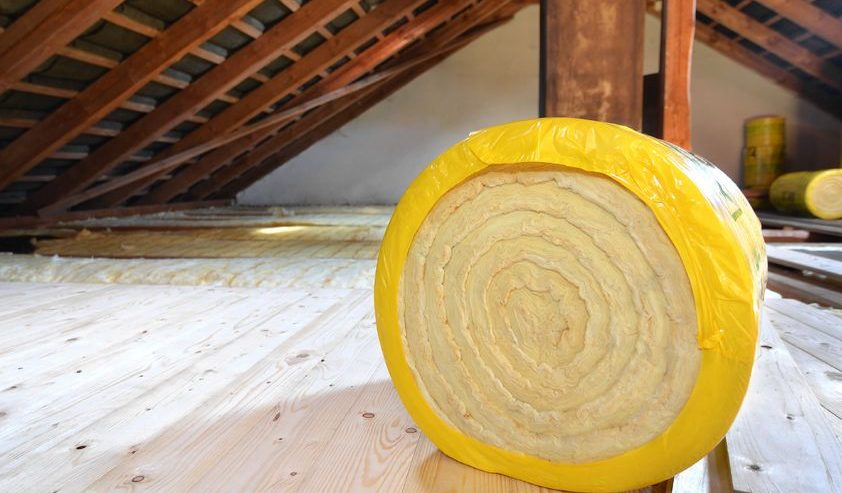How to Calculate the Right Amount of Insulation
Insulating a home is a great way to keep your home in prime condition for years to come. You can insulate walls, windows and doors, the garage, the roof, or a small space. Insulation helps keep energy costs down because it reduces heat gain and loss. Your home temperature will stay fairly constant. In the wintertime, you will need less heat to warm the home. During the summer, you will need less air conditioning to cool the home. Insulation helps balance the air temperature.
If you have an older home, insulation might be the best way to reduce energy loss without undergoing any major renovations to the house structure. Get the right amount of insulation for your home and kiss those high energy bills goodbye forever.
Types of Insulation
There are various types of insulation that are used in different parts of the home. Insulation not only prevents loss of heat, but also improves noise cancellation. The numerous techniques and materials used to insulate areas are dependent upon the home’s R-value. The R-value is a mathematical measure of an insulation material’s thermal resistance capabilities. The Department of Energy recommends certain R-values for hot and cold climates.
- Spray Foam insulation – liquid polyurethane that is used to seal open gaps in the walls
- Blown-in insulation –white cellulose that is mechanically blown to seal tight spaces
- Fiberglass – large batts of fiberglass that are installed on exposed areas of the wall
- Reflective barriers – composed of plastic, cardboard and aluminum, this material is used to cover exposed walls and reduce heat loss
Costs
The cost of each material varies by square footage. This is calculated by measuring the area you want to cover and then multiplying the measurement by the costs of the material.
- Spray foam – the cost is measured by board foot. For this material, you multiply the square footage by depth in inches to get the board feet. Spray foam comes in open cell and closed cell formats. Open cell weighs 0.5 lbs and costs $0.35-$0.55 cents per board foot. Closed cell spray foam weighs 2 lbs and costs $1-$2 per board foot.
- Blown-in insulation costs approximately $500-$2000 to install. This treatment comes in a variety of materials, such as pelleted cellulose.
- Fiberglass batts cost $0.64- $1.19 per square foot.
- Reflective barrier costs $0.15-$0.30 per square foot.
What Materials Should You Use?
Here is a quick guide to the right materials to use to insulate specific areas in your home:
- The regular walls in your home will benefit the most from blown-in insulation. Exposed walls in the basement and attic can be sealed with fiberglass batts or reflective barriers.
- Before you insulate the roof, fill any leaks and gaps with spray foam or blown-in insulation. Then, use radiant barriers to protect the area.
- The garage can be insulated with spray foam, then reinforced with fiberglass batts or reflective barriers. Tight areas such as crawl spaces can also be insulated with fiberglass batts.
Many people do not realize how complex the treatment of insulation is. Most have seen fiberglass batts or spray foam but only have a vague idea of what they do. However, with the right information at your disposal, you can get the right amount of insulation to fight heat loss and keep your home warm. Calculating insulation before you install will ensure that both your energy costs and the costs of your insulation stay low.





Comments
Comments are disabled for this post